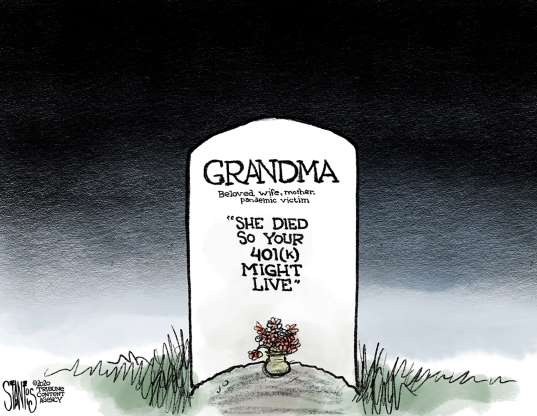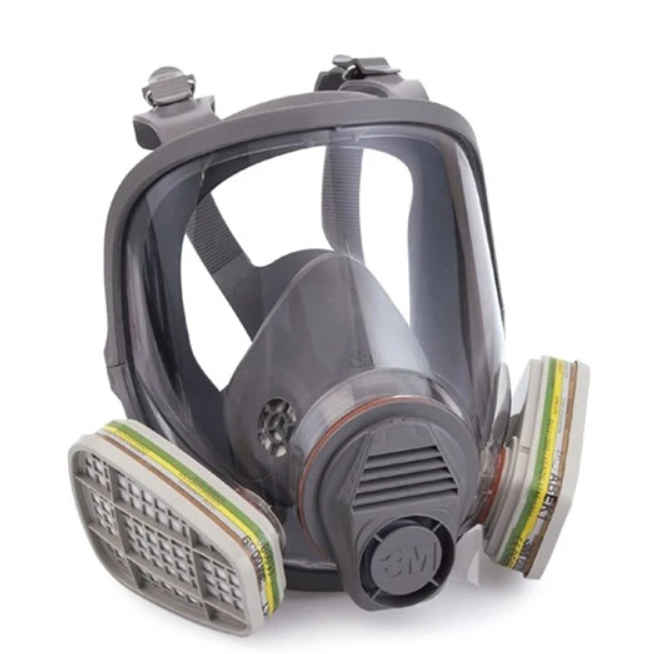Remember also that we are not seeing the true rate of transmission because testing has been so restricted. There will be many more people with the virus than have been tested. They only get tested when they get sick. Not enough kits to go round.
I took a quick look again at the stats and was also left wondering. The percentage of negative tests is more than 98%. There is no official advice about what level of testing we need to achieve. Only comparisons with other nations that suggest we are doing better than most.
3,177 cases identified to Friday 27Mar, out of 200,000 tests? Note the government reports tests, and not individuals tested. It’s not clear how many individuals have tested negative.
Is there really an issue with the rate of testing, or are we testing the wrong people?
Our current practice appears to have relied mostly on voluntary actions. IE, self isolation for returning travellers, self isolation for those who have had potential contact, self reporting for assessment of cold or flu like symptoms, voluntarily adopting social distancing.
No need to wonder why we have instances now that cannot be traced. It appears not all who are possible carriers have been observing what is required? It only needs a small number, 1 in 100 or 1 in 1000 or … to not comply to cause random transmission in the community.
Hopefully @SueW with the wider availability of testing kits we will get a broader sample. I still wonder how much value it will add if we continue to have individuals who are not following the required isolation, distancing and hygiene practices.
The new test kits are supposed to offer earlier detection of infection in an individual. As the virus develops over time, a negative test result is not an absolute assurance individuals are not a carrier. Testing every one in the higher risk imposed isolation/quarantine groups, after 14 days prior to release, in addition to commencement, might give us some better indication to how often the virus can be infectious without obvious symptoms.
Cases are up again today. I made a little chart, there was a minor fall in the last couple of days… a blip I guess.
While not yet a trend, could show that the latest level of controls have stabilised the growth in infection numbers. Will be interesting to see if a trend appears and/or the growth rate declines.
and the other states are not any more under control. Government still claims most cases came from international travellers and the cruise ships. They also say it is not the time for finger pointing ineptitude and incompetence, and as pollies go, it never is.
So many amateurish fails from ‘not my job’ to ‘who would have known’ type excuses for allowing everyone off a known infected ship to fly or take public transport home, to queuing people at airports as if it were just another day, to sowing confusion and trying to allay the confusion with more confusion.
Are we going to be a Lucky Country again? Time will tell.
And those who think the controls don’t apply to them…or don’t care…
No matter how the government approaches the control of the virus, if controls are ignored by enough of the population, it will defeat the success of these controls.
Well put, but if the people supposedly in charge cannot get it right, can one only blame the rest yet give the ‘people in charge’ an undeserved well done or bye?
Yesterday I heard Gladys say we all need to come together… a rather poor choice of words, considering that is the opposite of what we need to do- stay apart!
She means well. They’ll put it on her gravestone.
Overall though I was pleased when she decided to depart from the inept management of the federal mob and pretty much go it alone.
Did you mean like this one?

I take it that ‘confirmed’ is cumulative confirmed cases and ‘new’ is new confirmed cases per two days. Is that right?
What is a 401(k)?
A 401k is a retirement fund somewhat similar to super, an SMSF in a way but sponsored by an employer. I could add detail but it would not add to the topic.
I was told that the virus can infect via any mucous membrane - including eyes. Thinking of all those people with masks covering only mouth and nose, I was sceptical. Turns out to be true:
Maybe we should wear something like this when shopping.
It would certainly keep other shoppers at an appropriate distance.
I wonder if the shortage of P2s is going to affect the nationwide Asbestos situation as well…
It might be a year or more before anyone can do safe asbestos removal again, which could be a concern.
Its daily totals, the graph is too small to put the in between dates in. Im not making any more. The data available now at the link Mark posted is more up to date
Hi There, my name is Rob and I just wish to share some information regarding Social Distancing as it currently stands in Australia due to this horrific virus. The current distancing rule within Australia is 1.5 meters which in accordance with recent studies is far from adequate. Let me tell you why. This is based on the fact that should a person who is carrying the virus (undiagnosed) sneezes in a public place without facial blocking then these are the facts that scientific studies have found most recently. A decent sneeze leaves the throat/mouth at about 160 Kmh and can travel far more than first thought. The UK has just introduced the minimum distance of 2 meters. NSW Biosecurity Professor Raina MacIntyre in very recent times has shown that droplets from a sneeze can travel up to 6 meters. Think about it…Should we remain a lot further apart than first thought ???
Thanks for your  post @rob7 and welcome to the forum community.
post @rob7 and welcome to the forum community.
No doubt almost everything about this novel virus is a learning process and can be subject to revision where necessary.
Staying isolated at home is the best and safest policy. Then you can be right away from everyone.
Absolutely. I prefer not to be near anybody. So I just dont go where people are, at all, anymore.
I guess it depends on what you mean by “should”. Droplet spread probably obeys something like an inverse square law. If not inverse square, then some other function in which exposure relates to distance.
The point is that the greater the distance, the lower the exposure and thus potential for infection. Under the right conditions, a droplet could conceivably waft on the breeze for kilometres. You’d have to be pretty unlucky for that droplet to land on your mucous membrane and cause infection.
The fact that a droplet might travel kilometres doesn’t make that a rational minimum separation. The rational minimum is that at which risk of infection is reduced to an acceptable level. The question then becomes what is an acceptable level of risk? Current judgement is that the acceptable level is reached, on average, at 1.5 metres. Other nations have set different minima, but that’s the one we have.

